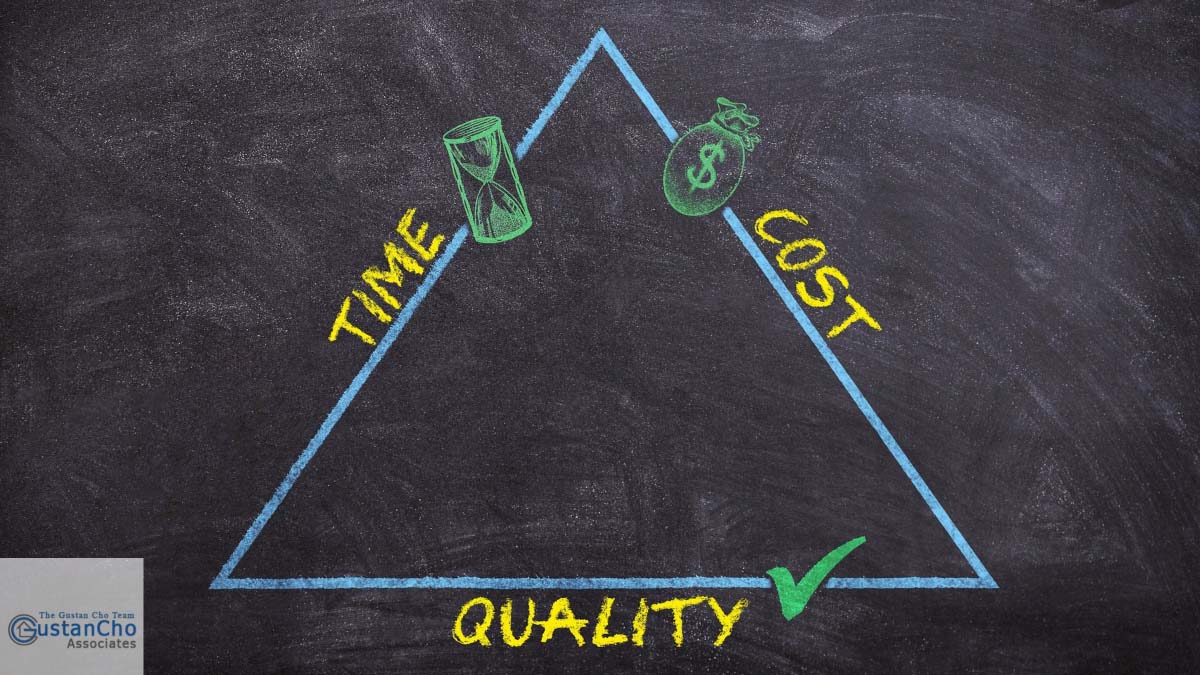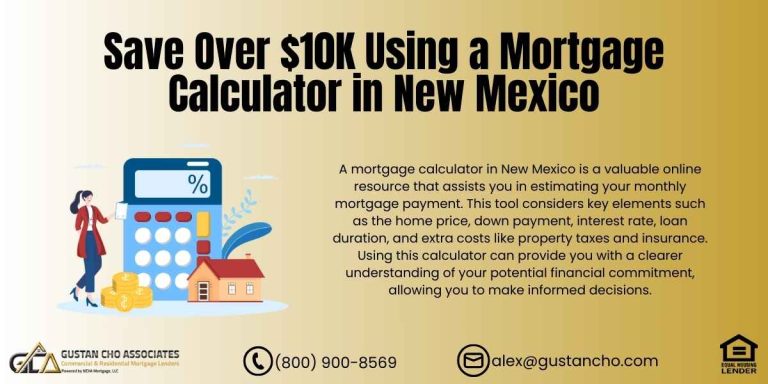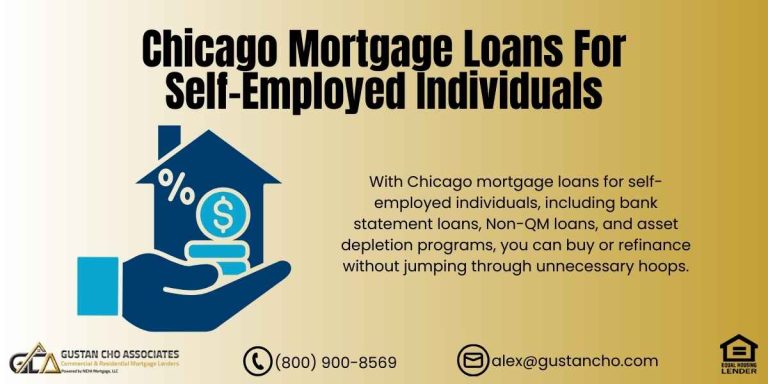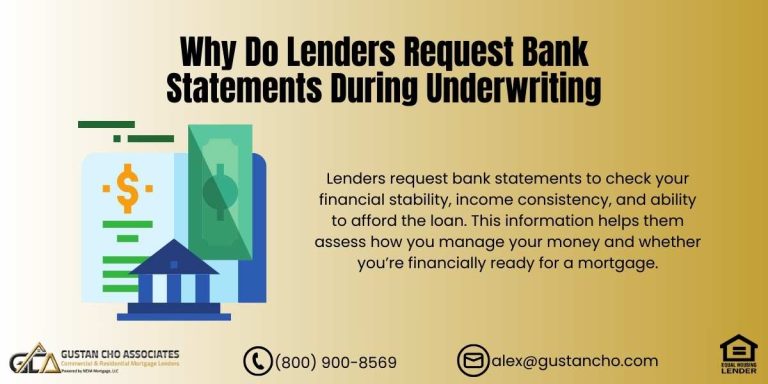This guide covers borrowers cost out of pocket in the mortgage process. There are two types of costs involved when buying a home:
- The down payment on the home purchase
- The closing costs on the home purchase transaction
Buying a home is one of the biggest moves you’ll ever make, and knowing your out-of-pocket mortgage costs is crucial to your budget. From the day you place your offer to the moment you get the keys, several expenses pop up, and if you’re not ready for them, they can derail your plans. Let’s break down the main costs and show you how to keep them in check.
Down Payment and Closing Costs
The down payment required depends on the type of mortgage program.
- FHA Loans require 3.5% down payment
- Conventional Loans require 3% to 5% down payment
- USDA and VA Mortgages do not require any down payment and offer 100% financing
- Not everyone can qualify for VA Loans
- Borrowers need to be an active and/or retired member of the U.S. Military with Certificate Of Eligibility (COE)
- Non-QM Mortgages require 10% to 20% down payment
- Jumbo Loans require 10% to 20% down payment
- Investment Home Loans normally require 15% to 25% down payment
- Second homes require 10% down payment
- Condotels require 25% down payment
- Closing costs vary
- Most closing costs can be covered with a sellers concession by the seller and/or lender credit
In this blog, we will discuss when these costs are due and Borrowers Cost Out Of Pocket During The Mortgage Process. There are certain costs that home buyers need to pay prior to closing. These costs may or may not be refundable if the home purchase transaction does not go through.
Understand Your Out-of-Pocket Costs in the Mortgage Process
Learn about the fees and expenses you’ll need to budget for when buying a home.
The Pre-Approval Step of The Mortgage Process
The home buying and mortgage process is a true process. The pre-approval step of the home buying process is the most important stage. The number one reason for a last minute mortgage denial and/or stress during the mortgage process is because the loan officer did not properly qualify the borrower prior to issuing a pre-approval letter. Unfortunately, there are still loan officers who issue pre-approval letters without thoroughly qualifying borrowers.
Loan officers need to do the following prior to issuing a pre-approval letter:
- Thoroughly interview borrowers
- Pull tri-merger credit report and go over line item per line item
- Ask borrowers if there are public records not reflecting on the credit report
- All public records not on the credit report will be discovered by the mortgage underwriter when they do a national third-party public records search
- Make sure there are no credit disputes
- Thoroughly go over income docs reflected on income tax returns, W2’s, 1099, and other financial documents
- Make sure where the down payment and/or closing costs are coming from and verify it by reviewing the documents
- Run file through the Automated Underwriting System (AUS)
- Make sure the borrower can meet all conditions listed on the AUS
- Make sure the borrower meet all Agency Guidelines and the loan officer’s employer’s lender overlays
The Home Shopping and Buying Process
Once the home buyer is armed with a solid pre-approval letter, they can now shop for a home.
- Once they find a home they want to purchase, they enter into a real estate purchase contract.
- The home buyer needs to give an earnest money deposit.
- Earnest money deposits are one of the Borrowers Cost during the mortgage process.
- The earnest money is refundable if the buyer needs to back out of the deal due to contingencies listed on the real estate purchase contract.
- Earnest money can be anywhere between $500 to $5,000. The earnest money is used as part of the down payment.
Home Inspection and Real Estate Appraisal
Once both sellers and buyers signed the real estate purchase contract, the contract is submitted to the lender. A mortgage processor is assigned to the file. The mortgage processor’s role is to prepare the file to get it assigned to an underwriter. Home inspections are optional. It is highly recommended buyers invest the few hundred dollars in getting a home inspection. Home inspections are normally done prior to the home appraisal. Home appraisals are borrowers cost prior to closing. Once the home inspection comes back to the buyer’s satisfaction, the lender will order a home appraisal. The appraisal is another borrowers cost prior to closing.
Borrowers’ Out-of-Pocket Costs in the Mortgage Process: A Comprehensive Guide
Getting a mortgage is a big step toward owning a home, and while it’s exciting, you’ll need to plan for several out-of-pocket costs along the way. Knowing these costs before you start the process can help you create a budget and keep surprises to a minimum. This blog breaks down each out-of-pocket cost you’ll face during the mortgage process and tips for managing them. Whether buying your first home or refinancing, you’ll find the info you need to make your financial ride smoother.
Get a Breakdown of Mortgage Costs Today
We’ll guide you through the costs involved in securing a mortgage and purchasing your home.
What Are Out-of-Pocket Costs in the Mortgage Process?
Out-of-pocket costs are the expenses you pay out of your pocket while getting a mortgage. These costs are separate from the loan amount you borrow and your monthly mortgage payments later. They include fees for services, inspections, and other steps the lender requires before you can close the loan and own the home. Although some costs can be added to the loan balance or paid for by the seller, many of them are due from you right away.
Common Out-of-Pocket Costs in the Mortgage Process
Below is a list of buyers’ most common out-of-pocket costs and price ranges based on U.S. averages in 2025. Knowing these can help you budget for a mortgage with less stress.
Earnest Money Deposit
- Cost: 1–2% of the home’s purchase price.
- For a $300,000 home, that’s $3,000–$6,000.
- Purpose: This is a good-faith deposit that shows the seller you’re serious.
- When It’s Paid: After the seller accepts your offer, you pay it.
- The money goes into escrow until the sale is final.
- Is It Refundable?: Yes, as long as you back out for a reason listed in your purchase agreement, like an inspection problem or loan denial.
- Tip: Always ask your agent to include contingencies in your purchase agreement to protect your deposit.
Home Appraisal Fee
- Cost: $300–$800.
- Purpose: The lender orders this to verify that the home’s value matches your desired mortgage.
- When It’s Paid: You pay for this after you apply for the loan, usually during underwriting, either upfront or at closing.
- Is It Refundable?: No, the fee is non-refundable even if your loan gets denied.
- Tip: If your lender permits, compare costs among appraisers, but ensure they are licensed and approved by the lender.
Home Inspection Fee
- Cost: $300–$500 (Extra inspections, like pest or radon, usually add $50–$150 each).
- Purpose: A home inspector examines the property for hidden structural, mechanical, or safety problems.
- When It’s Paid: After the purchase agreement is signed, but usually before the appraisal.
- Refundable?: Nope.
- The inspector still gets paid, whether or not the sale goes through.
- Tip: Skipping the inspection can seem like a good way to save money, but it might cause hidden problems that will cost you thousands later.
Credit Report Fee
- Cost: $15–$50 per borrower
- Purpose: The lender pulls your credit report to see whether you can handle the mortgage.
- When It’s Paid: During your loan application.
- Pay it upfront, or it could show up in the closing costs.
- Refundable?: Not refundable.
- Tip: Check your credit report for any mistakes before you apply.
- Fixing errors now can keep your credit score higher.
Loan Application/Origination Fee
- Cost: 0.5–1% of the loan amount.
- For a $300,000 mortgage, that’s around $1,500–$3,000.
- Purpose: This fee pays for the lender’s work processing and underwriting your loan.
- When It’s Paid: Usually at closing, although some lenders might ask for part of it upfront.
- Refundable?: Generally no, but always double-check with your lender.
- Tip: Shop around! Origination fees can differ greatly from lender to lender, and a lower fee helps lower your total cost.
Closing Costs
- Cost: 2–5% of the loan amount (example: $6,000–$15,000 on a $300,000 loan).
- Purpose: These cover fees like title insurance, attorney fees, recording fees, and escrow costs.
- When It’s Paid: Usually at the closing, but some fees might be paid beforehand.
- Refundable? Part of these costs may be negotiable, and the seller might agree to pay some.
- Tip: Ask your lender for a Loan Estimate within three days of applying so you can see a detailed list of the closing costs.
Prepaid Expenses
- Cost: The amount varies, usually $1,000–$3,000.
- Purpose: These include upfront payments for property taxes, homeowners insurance, and the first month’s prepaid interest.
- When It’s Paid: Paid at closing and placed in your escrow account.
- Refundable? These costs are not refunded once paid since they are for ongoing bills.
- Tip: Set aside enough to cover at least 1–2 months of property taxes and insurance so your escrow account stays funded.
Down Payment
- Cost: Usually 3–20% of the sales price (example: $9,000–$60,000 on a $300,000 home).
- Purpose: This is the upfront part of the home price you cover yourself, and the rest comes from the loan.
- When It’s Paid: Paid at closing, often by wire transfer or cashier’s check.
- Refundable? unless the sale falls through due to contingencies.
- Tip: Look into programs like FHA loans (3.5% down) or VA loans (0% down) for a smaller down payment.
Mortgage Insurance (If Needed)
- Cost: With FHA loans, you pay an upfront premium of 1.75% of the loan amount.
- So, on a $300,000 loan, that’s $5,250.
- The cost of private mortgage insurance (PMI) on conventional loans varies depending on the lender and loan features.
- Purpose: This insurance protects the lender if you can’t keep up with your mortgage payments.
- It’s a must if you put down less than 20% on a conventional loan or have certain government-backed loans.
- When It’s Paid : You pay the upfront premium at closing, though you can sometimes add it to the loan total.
- After that, you’ll see a monthly premium on your mortgage statement.
- Refundable? The upfront premium is not refundable.
- For PMI, you can drop it when your loan balance is down to 80% of your home’s original value.
- Tip: Save up for that 20% down payment to avoid PMI altogether on conventional loans.
Miscellaneous Fees
- Cost: Expect to pay between $100 and $500 for these.
- Purpose: These smaller charges cover courier deliveries, document prep, or notary services.
- When It’s Paid: The timing can vary, but you’ll likely pay them at closing.
- Refundable?: No, these fees are usually non-refundable.
- Tip: Review your Loan Estimate and Closing Disclosure to spot and question any surprising fees.
- Strategies to Manage Out-of-Pocket Costs: You can keep these costs from piling up by trying a few smart moves:
- Negotiate Seller Concessions: If the market favors buyers, ask the seller to contribute to closing costs or to cover some repairs.
- Shop Around for Services: Get quotes from different lenders, appraisers, and inspectors.
- A little comparison can save you big money.
- Apply for Assistance Programs: Check for first-time homebuyer programs and grants that help with down payments and closing costs.
- Budget Early: Aim to set aside 5–10% of your future home’s price to cover the initial expenses.
- Consider a No-Closing-Cost Loan: Some lenders allow you to roll closing costs into the loan.
- This raises your loan balance and monthly payments but lowers upfront cash.
Common Mistakes to Avoid
- Underestimating Costs: Missing small fees can add up and hurt your budget.
- Skipping Inspections: Saving on a few inspection dollars can lead to big repair bills later.
- Ignoring Loan Estimates: Always double-check the Loan Estimate and Closing Disclosure to catch surprise fees.
Making Financial Changes
Don’t buy big-ticket items or rack up new debt while processing your mortgage. Changes can jeopardize your approval.
How Much Will You Pay for Your Mortgage? Understand the Costs
We’ll help you navigate the financial side of homeownership and avoid surprises.
The Main Out-of-Pocket Costs
- Earnest Money Deposit: When you make an offer, you’ll put down an earnest money deposit as a show of good faith.
- This amount varies but is usually 1% to 3% of the home’s price.
- The good news is that this money goes toward your down payment or closing costs later.
- Home Inspection and Appraisal: Before you lock in the mortgage, you’ll pay for a home inspection and an appraisal.
- An inspection generally costs $300 to $500, while an appraisal can run $400 to $800, depending on your area.
- These costs usually come out of pocket and should be budgeted initially.
- Closing Costs: These costs hit at the end of the process and can be 2% to 5% of the loan amount.
- They cover everything from title insurance to attorney fees.
- Your loan officer will provide a loan estimate that breaks these down, so read it carefully and start saving.
- Prepaid Costs: You’ll also pay some costs in advance, like property taxes and homeowners insurance.
- These are often rolled into the closing costs but can increase the total tab, so ask your lender how much you should set aside.
Tips to Manage Costs
- Negotiate the Earnest Deposit: If you’re in a competitive market, you might need a higher earnest deposit to show you’re serious.
- But you can also ask the seller to reduce it if you’re willing to put in a higher down payment.
- Shop Local for Inspection and Appraisal: Not all inspectors and appraisers charge the same amount.
- Get a few quotes and check online reviews to find quality services that fit your budget.
- Ask for Seller Credits: Sometimes, sellers will agree to cover a portion of your closing costs to speed up the deal.
- If the home has been on the market for a while, don’t hesitate to ask for this perk.
- Consider a No-Closing-Cost Mortgage: Some lenders offer this option, but usually charge a higher interest rate.
- Run the numbers to see if it saves you money in the long run.
Stay Organized and Stay in Touch
- Track Every Receipt: Create a folder (digital or paper) for every receipt, quote, and estimate.
- This keeps you organized and helps you catch any mistakes on the final closing statement.
- Communicate with Your Loan Officer: Your loan officer is your best ally in the mortgage process.
- They can explain every line of your loan estimate and suggest ways to save money.
- Don’t hesitate to ask them your biggest questions.
Bottom Line
Understanding out-of-pocket costs doesn’t just keep you on budget; it helps you feel in control of the home-buying process. Start saving early, ask questions, stay organized, and you’ll be ready to unlock the door to your new home without any surprise bills.
Are you currently navigating the mortgage process? Share your budgeting tips or questions in the comments below! For more home-buying advice, subscribe to our blog or contact a trusted loan officer today. Your dream home is one smart financial choice away!
When Does Borrower Come Up With The Down Payment and Closing Costs
All down payment and closing costs are paid at closing. The earnest money is applied towards the cash-to-close needed at closing. If the home buyer has extra in sellers concessions, the home inspection and appraisal fee can be refunded to the borrowers. In the event if the deal does not close for one reason or another, the earnest money is normally refunded. The home inspection and appraisal costs are not refunded. For more information on this topic and/or other mortgage-related topics, please contact us at Gustan Cho Associates at 800-900-8569 or text us for faster response. Or email us at gcho@gustancho.com.
Planning Your Home Purchase? Know the Costs Upfront
We’ll guide you through the costs involved in securing a mortgage and purchasing your home.









